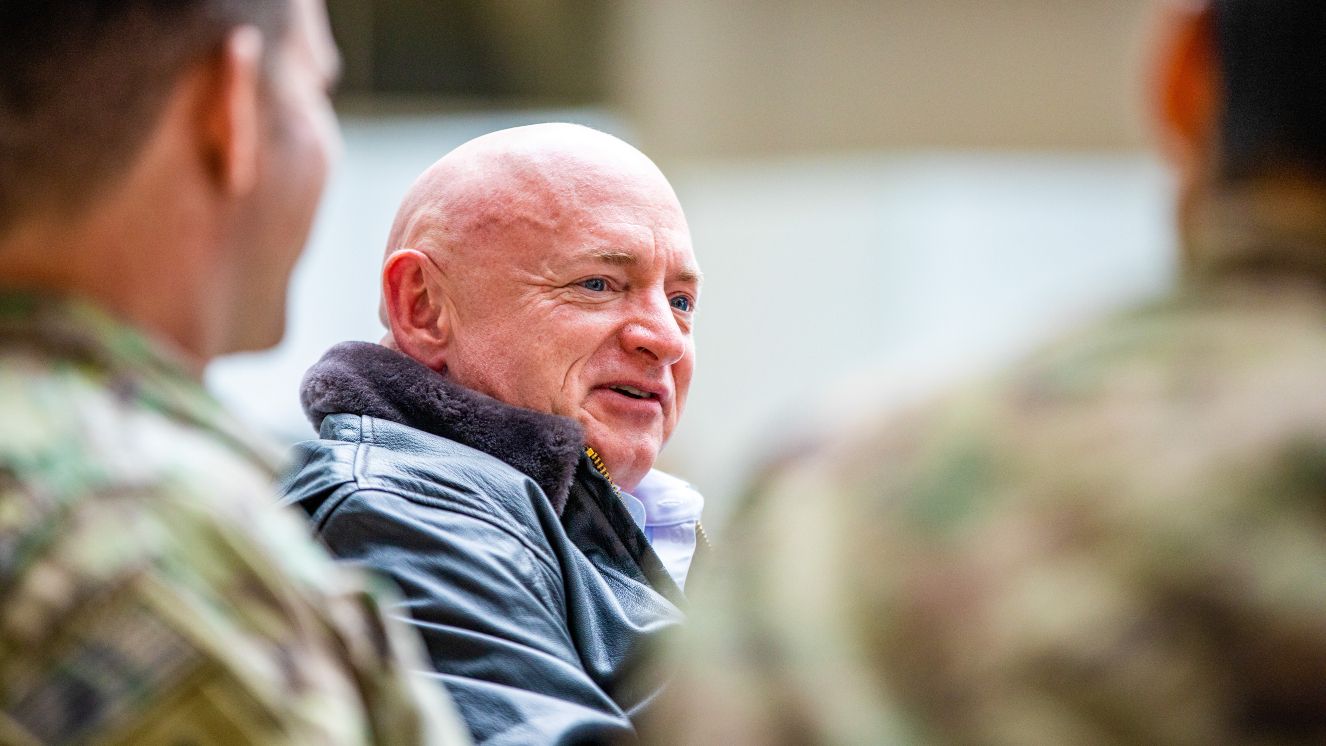BIDEN TO PLACE US TROOPS IN EASTERN EUROPE AMID UKRAINE BUILDUP

You’ll Soon See US Troops in Eastern Europe Thanks to Russia’s Moving Troops to Ukraine
Early on Wednesday, the Pentagon officially announced Biden’s formal approval to send approximately 3,000 troops to various areas of Eastern Europe following Russia’s military movement towards Ukraine. So, this begs the question: Are American troops going to Ukraine? Not technically. These troops going to Europe will be made up of 1,000 service members currently stationed in Germany and 2,000 troops currently serving stateside at Fort Bragg in North Carolina. Poland, Germany, and Romania will all see increased US military presence following Biden’s approval. The deployment of US troops can bring back overwhelming memories. If you're feeling stressed out, check out our blog with some great tips for dealing with stress:Mindfulness Meditation for Veterans: The Secret to Coping W/ Stress
US Troops Will Not Fight in Ukraine
While Biden is placing US troops in Eastern Europe, the US is not yet sending American troops to Ukraine to engage in combat. Though the troops are being moved, Pentagon press secretary John Kirby assured listeners that “These forces are not going to fight in Ukraine.” US troops deployed to Ukraine-adjacent areas will operate in coordination with their host countries, but Kirby confirmed that this is not a permanent movement. [embed]https://twitter.com/DeptofDefense/status/1488893740227911685?cxt=HHwWioCz6fu9zqkpAAAA[/embed] You might not want to vacay to Eastern Europe any time soon, but check out these ten states that are great for a short holiday visit or even retirement: 10 Best States for Military Retirement While the US moves these 3,000 US troops in Eastern Europe, around 8,500 troops in Europe remain in a state of heightened alert in case NATO decides that they need to activate their response force. This decision comes after US intelligence agencies uncovered the Kremlin's plans for a 175,000-troop mystery operation. Russia moving troops to Ukraine has been actively going on for over a year now, and Russia currently has approximately 130,000 troops stationed on the border of Ukraine. Though troop movement has been occurring for a while, tensions reached a boiling point in recent weeks and months as Putin deployed over 100,000 troops to various areas around the Ukrainian border and evidence was uncovered of what could potentially be deadly cruise missiles. The US has also been accused of ignoring Russia’s central security demands, based on statements directly from Russian President Vladimir Putin on Tuesday. Regardless, he still stated that Moscow is prepared to continue talks with NATO nations, and the US in particular, about easing tensions around Ukraine.
Why Are Russian Troops Moving in Europe?
As more Russian troops move to Ukraine’s border, however, it’s clear that many of these forces are focused in Eastern Ukraine, where the Ukrainian military has been fighting separatists groups backed by Russia. Of the 130,000 Russian troops on the Ukrainian border, around 20,000 of those are focused in the regions of Luhansk and Donetsk – in which war has been ongoing since 2014. Moscow, led by Putin, has repeatedly assured Russia military news outlets that they have no plans to attack Ukraine. Russia’s Defense Ministry has also stated that much of the troop movement, especially towards Belarus, is strictly in relation to military exercises beginning Feb. 10.
The Future for US Troops Deployed to Ukraine
In response to the movement, NATO has discussed their plans to work with the US and other NATO-aligned nations to “confirm the absence of Tomahawk cruise missiles at Aegis Ashore sites in Romania and Poland,” which aligns with the locations to which the Pentagon is sending US troops in Eastern Europe. For now, you can expect the movement of US troops in Eastern Europe to be acting as a simple deterrent. As Kirby said, “It’s important that we send a strong signal to Mr. Putin and to the world.” Biden’s approval of this move shows his support for the Ukrainian people, to whom we are supplying defensive weapons, and our Eastern European allies. More breaking news:Meet The Washington Commanders, Formerly The Washington Football Team



